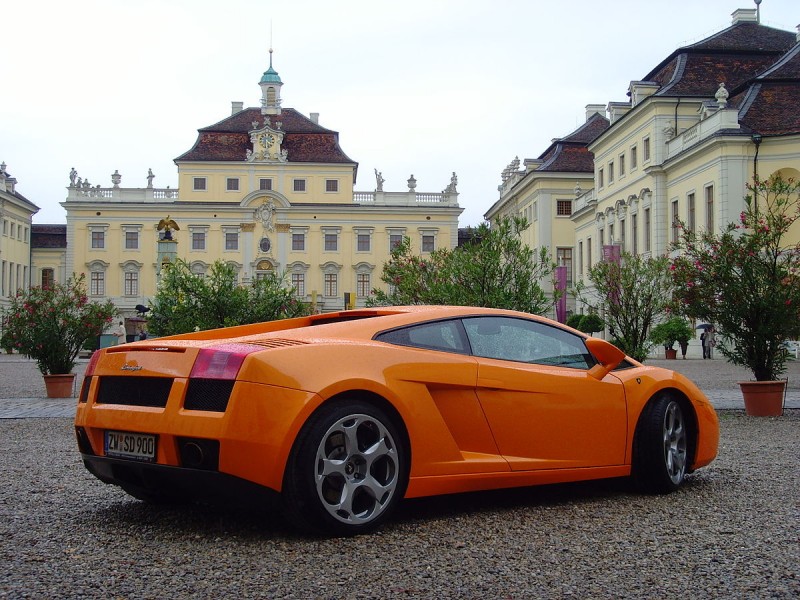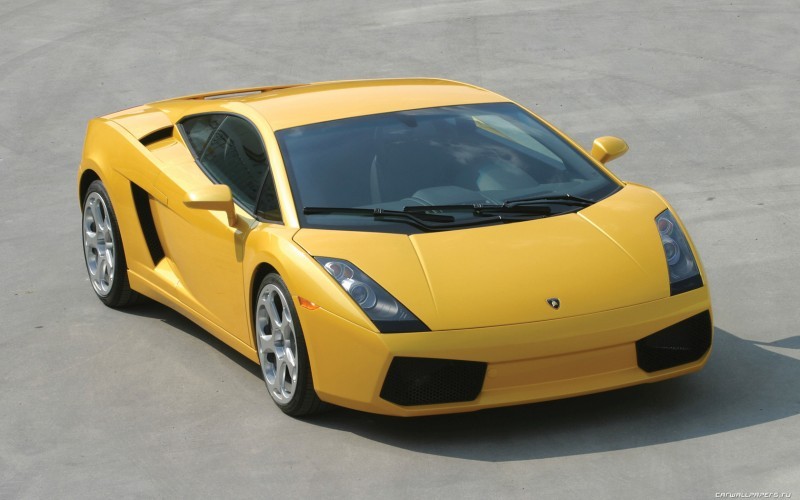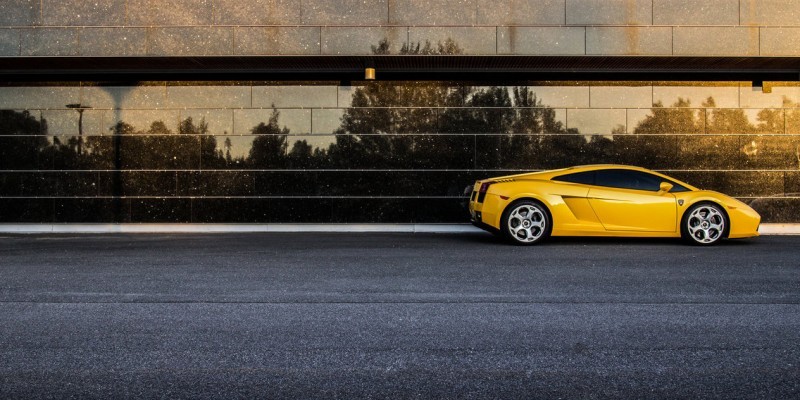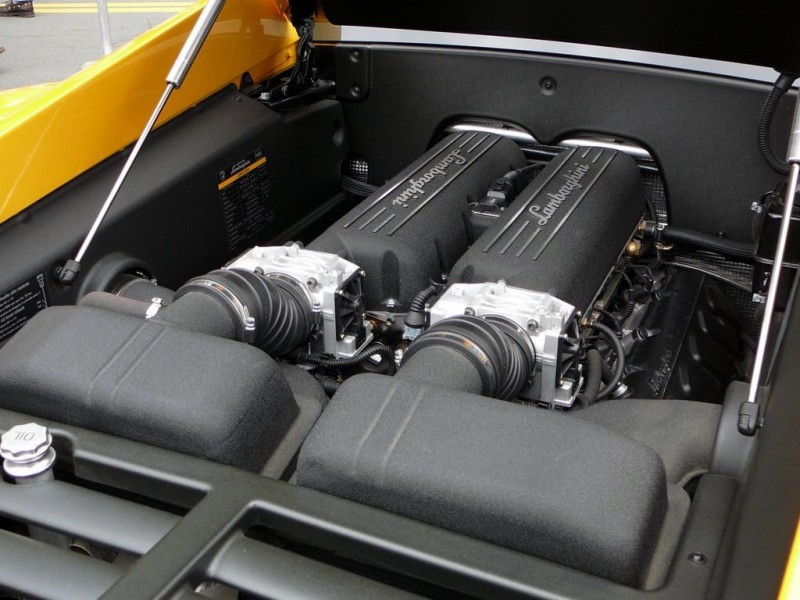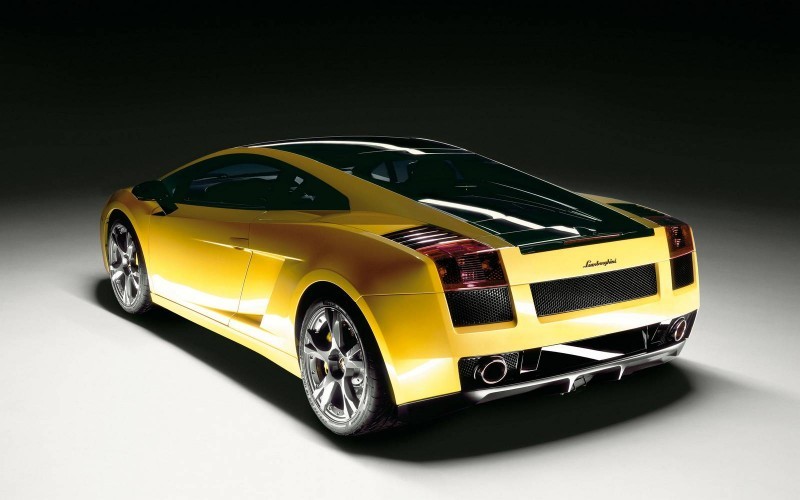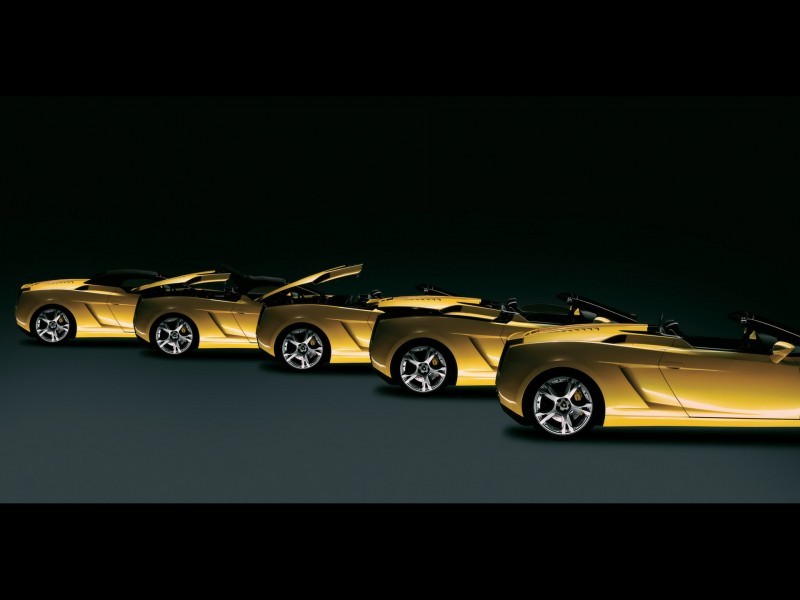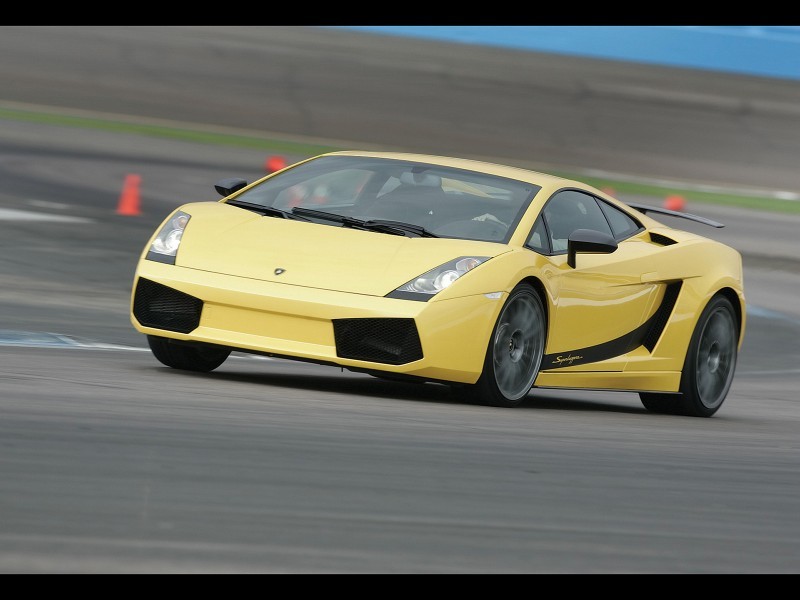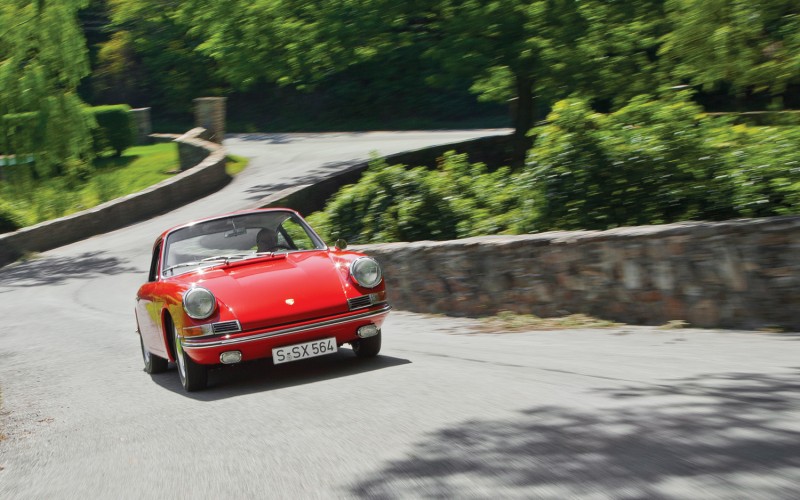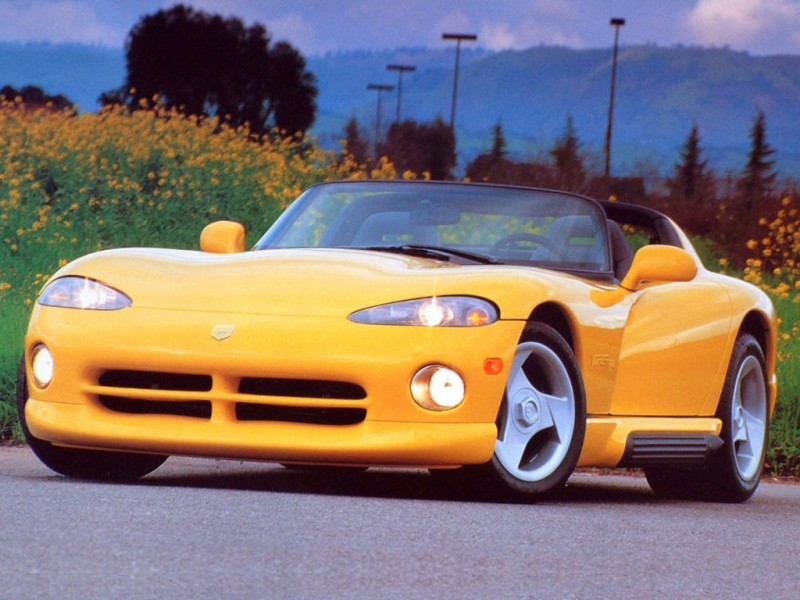After the acquisition of Lamborghini by Volkswagen’s Audi in 1998, Audi went about the arduous task of reversing decades of financial instability and poor product quality. They saw the need for there always to be a V12 “halo” car but quickly realized that to compete with Ferrari and become profitable, they would need an entry-level offering.
Constructing a car that car would be the successor to the Jalpa, whose production ended in 1988, provided at least a decade worth of advancement to make up for. So, in 2003 production began in Sant’Agata on their new fighting bull, the V10 powered Gallardo.
Breeding A Baby Bull
The name Gallardo is derived from a famous bloodline of Spanish fighting bulls and is one of the foundational breeds that exist today. The initial design of the Gallardo was drawn up by the legendary automotive designing firm Italdesign Giugiaro in Italy. Its design style is made to invoke a stout, muscular appearance while retaining a compact size. A continuous swooping design flow on the sides of the car leads to large ducts that supply air to the mid-mounted 5.0 liter V10, which produced 500hp. With a gorgeous design and powerful motor, all that was left was for Audi to make Lamborghini into a stable financial producer.
Audi Assists
Part of making this new supercar a real contender was to cut costs while making Lamborghini’s reputation for quality improve. To ensure this, Audi assembled the majority of the Gallardo’s parts in Germany and then had them sent to Sant’Agata, Italy where they were finally combined for the perfect Italian pedigree. For example, the all-aluminum space frame of the Gallardo, which only weighs 250kg, was constructed alongside Audi’s A8 at their factory in Neckarsulm in Germany. Even the 5.0L V10 engine is based heavily on the 4.2 liters Audi V8 used in the A8, but with a dry sump system and different valve arrangement. This all helped Lamborghini to design a very low mounting point, only 46cm off the ground, for the motor and keep overall costs lower because of part sharing.
Performance Potential
Around the motor and frame were some real landmark advancements for Lamborghini and the entry-level supercar market. The Gallardo came standard with an active all-wheel drive system that could send up to 50% of the available power to the front wheels in case of a loss of traction. Also, was the addition of Lamborghini’s E-gear.
This was a paddle-shifted automatic that could clip off shifts in rapid succession and offered three different driver-selectable modes. To keep the car stable at the 190 mile-per-hour plus top speed, active aerodynamics in the rear of the car, in the form of a deployable spoiler, and underneath of the car, an entirely flat undertray, managed air flow. Other firsts were the use of 19” wheels and Koni’s FSD (Frequency Selective Dampening) suspension system that monitored and adjusted ride stiffness.
Soaring Sales and Special Editions
In all, the Gallardo was a massive hit for Audi and in the first two years of production, it was a sales success. In 2005, Lamborghini decided to release the Gallardo SE (Special Edition) that improved power output, exhaust note, suspension pieces, the steering rack, gearing sets and added unique exterior and interior styling.
Overall it offered buyers serious technological improvements that were needed on the base Gallardo. So needed, in fact, that they all became standard in the next year. These additions perhaps created some buyer’s remorse from those who didn’t think the black roof paint and contrast interior stitching were now enough separations for the price they paid to get a special edition.
Also unveiled in 2006 was the Spyder. A convertible version of the Gallardo that let buyers put the top down and enjoy the sound of V10 and air buffeting through all the gears.
A Track Day Matador
To be truly unique though the Gallardo Superleggera, offered in 2007, was what you needed to buy. The Superleggera name was a nod to Lamborghini’s first car, the 350GT, which had a ‘super light’ construction design that Carrozzeria Touring first used. The Gallardo Superleggera stuck to that definition by shaving 100kg of weight through the liberal use of carbon fiber. It also had enhanced aerodynamic pieces, more power, and bespoke design touches inside and out to make it the king of the Gallardo family. By the end of production, a year later, less than 200 Gallardo Superleggeras were produced internationally, making it exceedingly rare.
By 2008, the first generation of the Gallardo watch had ended. The second generation, the LP-560, took up arms where it left off with a host of massive improvements.
In all, the Gallardo began the revitalization that Lamborghini needed to become the influential brand they are now. Today the Gallardo is the most produced and most sold, Lamborghini ever, with over 14,022 of them being constructed (both generations) in the car’s 10-year tenure. What we still love most though is the sound of that wailing V10 screaming up to an 8,000 RPM redline!
Specifications:
- Years: 2003 – 2007
- Layout – Mid-engine
- Drive – AWD
- Body Style – Coupe / Cabriolet
- Seating – 2
- Motor – V10
- Displacement – 5.0 L
- Power (hp) – 520
- Torque (lbs-ft) – 376
- Transmission – 6-speed manual / 6-speed automatic
- Wheelbase – 2,560 mm (100.8 in)
- Weight – 1,520 (3,351 (coupé) / 1,570 (3,461) (spyder)
- 0-60 mph – 3.9 seconds
- Quarter-mile – 12.2 seconds
- Top Speed – 195 mph (315 Km/h)

